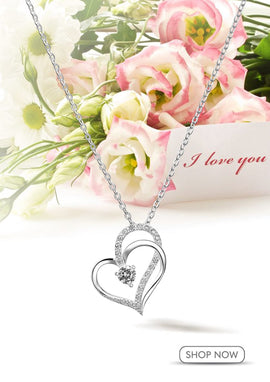Jewelry has been intertwined with expressions of love for centuries, serving as a universal symbol that transcends culture and time. But why does this tradition endure? What is it about jewelry that makes it such a powerful representation of affection and commitment?
At its core, jewelry is an expression of intention. When someone gives a ring, necklace, or bracelet, it is rarely just an object. It is often tied to a promise or sentiment. Jewelry communicates what words alone might struggle to convey: a depth of feeling that is tangible and lasting.
The act of giving jewelry is also significant because it often involves careful thought. Unlike a casual gift, selecting a piece of jewelry typically requires an understanding of the recipient's personality and preferences. This intentionality reflects effort and attention, which are hallmarks of genuine love.
Jewelry's permanence further solidifies its place as a symbol of love. Unlike flowers or chocolates, which are temporary, jewelry endures. Its durability mirrors the enduring nature of true affection. A piece of jewelry can be worn daily, serving as a constant reminder of the connection it represents.
Traditions also play a key role in this association. Engagement rings, wedding bands, and anniversary gifts are rituals steeped in history. These customs have been passed down through generations, reinforcing the link between jewelry and love. The repetition of these practices gives them weight and meaning in modern relationships.
Finally, jewelry has a way of capturing moments. An engagement ring, for instance, marks a milestone. A necklace gifted on a special anniversary becomes a memory in physical form. Each piece carries its own story, making it far more than just an accessory.
Jewelry represents love because it combines thoughtfulness, permanence, tradition, and memory. It is not about the object itself but what it stands for: the intention, the connection, and the shared history it embodies.



















